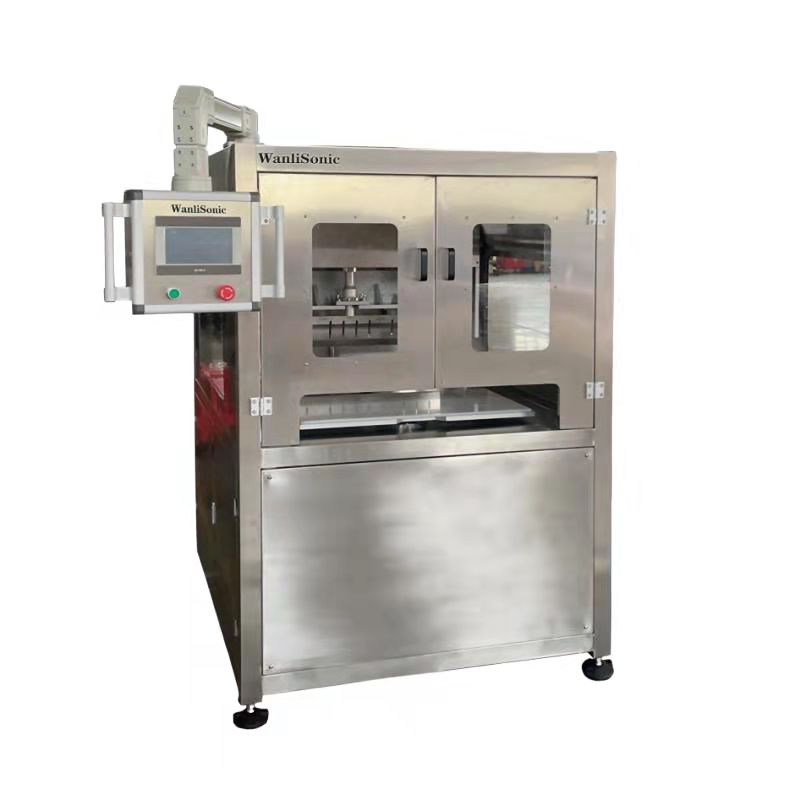The cutter can be divided into five categories according to the form of the workpiece processing surface. The tools used for cutting wood by ultrasonic slitter are called woodworking tools. These non-metallic round blade materials enable slitter blades to cut at higher speeds. In 1898, Taylor and the United States. White invented high speed steel. The invention literature on twist drills was recorded in 1822, but it was not produced as a commodity until 1864. As early as the 28th to 20th centuries BC in China, the drill bits and saws of copper tools such as brass cones and copper cones, drills, knives, etc., have appeared, which are similar to modern flat drills and saws.
The blades of the slitter at that time were made of high-carbon tool steel, and the allowable cutting speed was about 5 meters / minute. In 1923, Schleitel of Germany invented cemented carbide. Because the slitter blades used in mechanical manufacturing are basically used to cut metal materials, the term "knife" is generally understood as a metal cutting slitter blade. The surface coating method combines the high strength and toughness of the base material with the high hardness and wear resistance of the surface layer, so that this composite material has better cutting performance. In 1792, Mozley in the United Kingdom produced taps and dies.
However, the rapid development of slitter blades came in the late 18th century with the development of steam engines and other machines.
When using alloy tool steel, the cutting speed of the slitter blade is improved to about 8 meters per minute, when using high-speed steel, it is more than doubled, and when using hard alloy, it is more than doubled than using high-speed steel. The surface quality and dimensional accuracy of the workpiece processed by cutting are also greatly improved.
Because the price of high-speed steel and cemented carbide is relatively expensive, the slitter blades are generally welded and mechanically clamped. In 1972, General Electric produced polycrystalline synthetic diamond and polycrystalline cubic boron nitride blades. In 1783, René in France first produced a milling cutter.
Slitting machine blade is a tool used for cutting in mechanical manufacturing, also known as cutting circular blade. From 1949 to 1950, the United States began to use indexable inserts on turning tools, and soon applied to milling cutters and other tools. In 1972, Bangsha and Laglan of the United States developed a physical vapor deposition method to coat a hard layer of titanium carbide or titanium nitride on the surface of a carbide or high-speed steel slitter blade. In 1868, Mushete in the UK made alloy tool steel containing tungsten. Tools for processing various external surfaces, including turning tools, planers, milling cutters, external surface broaches and files, etc .; hole processing tools, including drills, reamers, boring tools, reamers and internal surface broaches, etc .; thread processing Tools, including taps, die, automatic opening and closing thread cutting heads, thread turning tools and thread milling cutters, etc .; gear processing tools, including hob, gear shaper, shaving cutter, bevel gear processing tools, etc .; blocking tools, including inserts Circular saw blades, band saws, bow saws, blocking turning tools and saw blade milling cutters, etc. In the later period of the Warring States Period (the third century BC), because of the carburizing technology, copper knives were made







